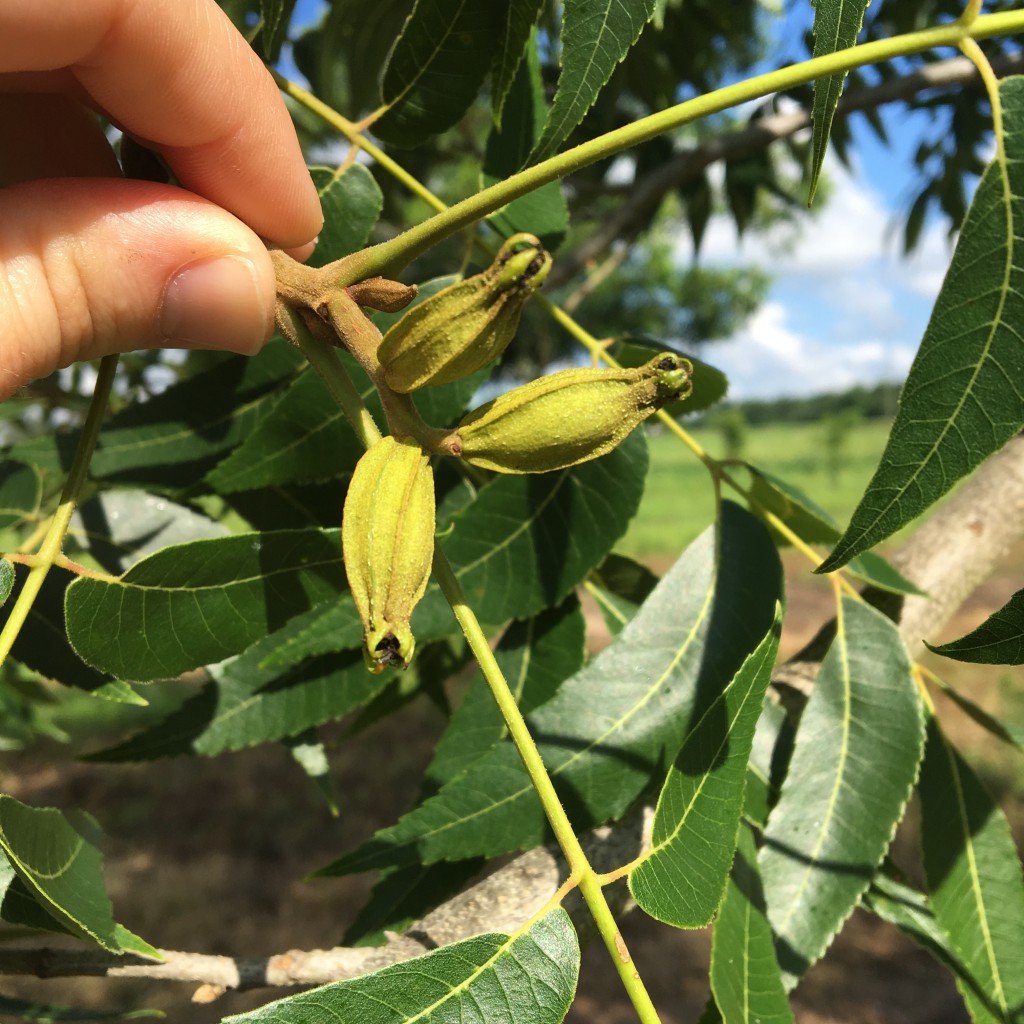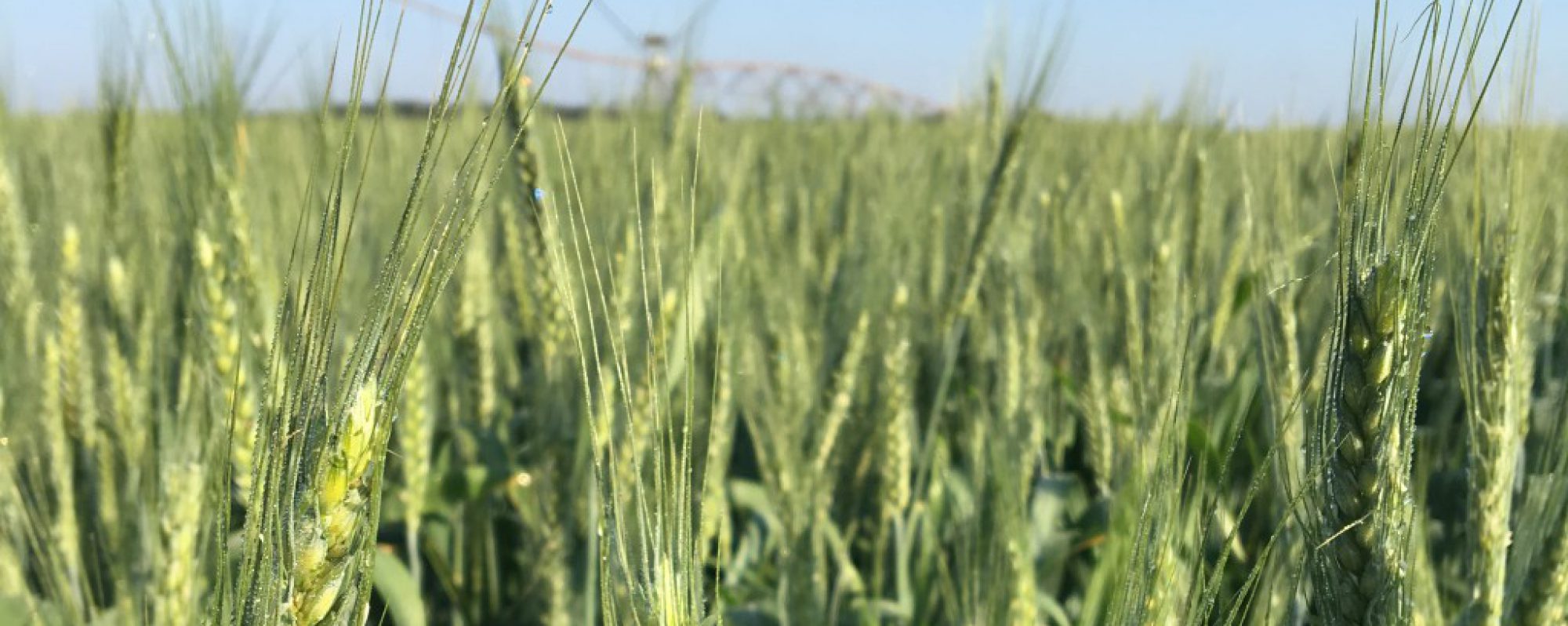I got a call yesterday about honeydew dripping on the windshield. This is a sign of yellow aphids in pecan. Yellow pecan aphids are smaller of two species of yellow-tinted plant lice that feed on the underside of foliage of pecan trees. The other species is called black-margined aphid that cause so-called “dripping of pecan trees.”
This morning I found some Black-Margined Aphids on old trees. They feed by sucking sap from the veins of the leaves and excrete sticky honeydew. You can also see the honeydew on the leaves. Black pecan aphids have nymphs and adults that feed on BOTH sides of the leaves, and their damage is easy to note as it causes severe leaf shedding. With black aphids, we’ll see the yellow spots on the top of the leaf.

Yellow Aphid Threshold
The black pecan aphid threshold is finding clusters of nymphs under leaves. With yellow aphids and black-margined aphids, UGA Extension Entomologist Dr. Will Hudson says we don’t treat until we see greater than 20 aphids per compound leaf. Right now, i’m only seeing a few adults here and there. We don’t have treatable thresholds yet.


Here is a picture of some pecan nuts developing on Oconee in a young orchard in Pineview. These trees have been pruned which is going to allow them to develop structurally and carry a better load of pecans once they produce.

